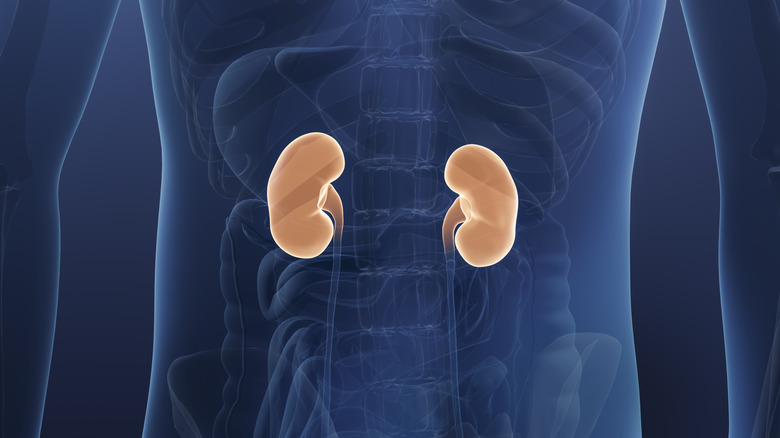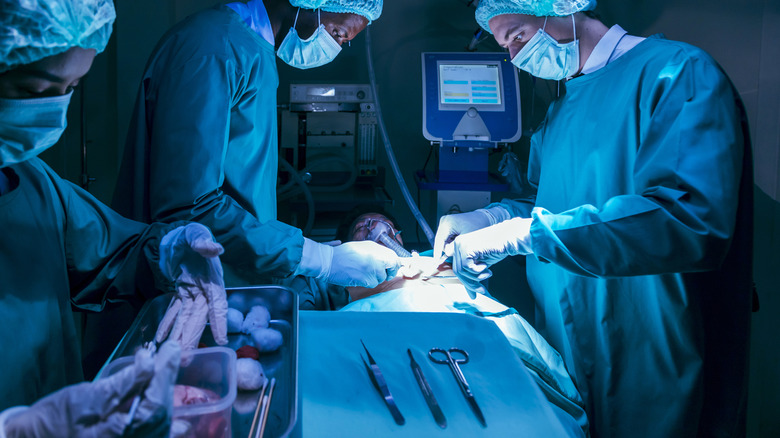Scientists Discovered How To Create A Universal Kidney Transplant For Any Blood Type
Transplanting organs is tricky business. If you need an organ, you can't receive a donation from just anybody; it follows the same rules as blood type compatibility. For example, someone with blood type A can only receive organs from A and O blood types. Some blood types are more challenging to accommodate. People with blood type O can donate to anyone but can only receive from others with type O. So, for something like a kidney transplant, restrictions mean it takes longer to find a suitable match. But, according to a recent study, there may be a way to universally transplant kidneys for any blood type.
Building upon previous research from 2019, where enzymes were found to remove "cognate A and B type sugar antigens," scientists used similar methods to convert a type A kidney into type O, changing compatibility. The enzymes were used to strip away antigens, which act as markers of type A blood. It's like removing an identifier, simply by trimming the type A antigen chains. This allowed for a transplant that was "well tolerated" for two days with "no evidence of antibody-mediated rejection."
To test the research, and with the consent of a patient's family, doctors and scientists implanted a "universal" kidney in the body of a brain-dead recipient. The test organ survived for several days, showing it can be done, but also how it can be improved upon. Stephen Withers, a biochemist from the University of British Columbia involved with the study, says it has given "invaluable insight into how to improve long-term outcomes." While slightly unrelated, it would be interesting to see what memories were held inside the kidney, if any. Scientists have found some memories aren't held in the brain but other vital organs.
How does the universal conversion work?
Withers describes the enzymes operational task to be like "removing the red paint from a car and uncovering the neutral primer." The enzymes cut away the type A antigen chains, like molecular-level scissors which prevents the immune system in the body from seeing the new organ as foreign. The enzymes are "highly active, highly selective" and work even at low concentrations, which is what makes the concept work. But the research and the methods are still far from being used in living humans. With the implanted kidney and host, "antibody mediated lesions and complement deposition" showed after three days, which suggests further work is necessary. The process will need to be improved upon, especially since the transplanted organ and host did show signs of an immune response. Although, this first test was considered a success.
The next step is to push towards clinical trials, with a partner company, Avivo Biomedical, to lead continued development of the enzymes. The goal is to create a reliable transplant application not just for organs like kidneys, but also universal donor blood for transfusions. If successful, this could eventually reduce transplant waiting lists, improve survivability for patients that need transplants and allow physicians to focus on other elements of organ implants, like enabling them to match antigens unrelated to blood type. The latter can influence how long a transplant lasts in the host body. If you consider that it's possible to revive dead organs in a dead body, at least partially, or that doctors may soon be able to 3D print inside the human body, like printing organs, the outlook is highly positive. Someday, there may no longer be an organ donor waiting list, and everyone who needs an organ may be accommodated.

